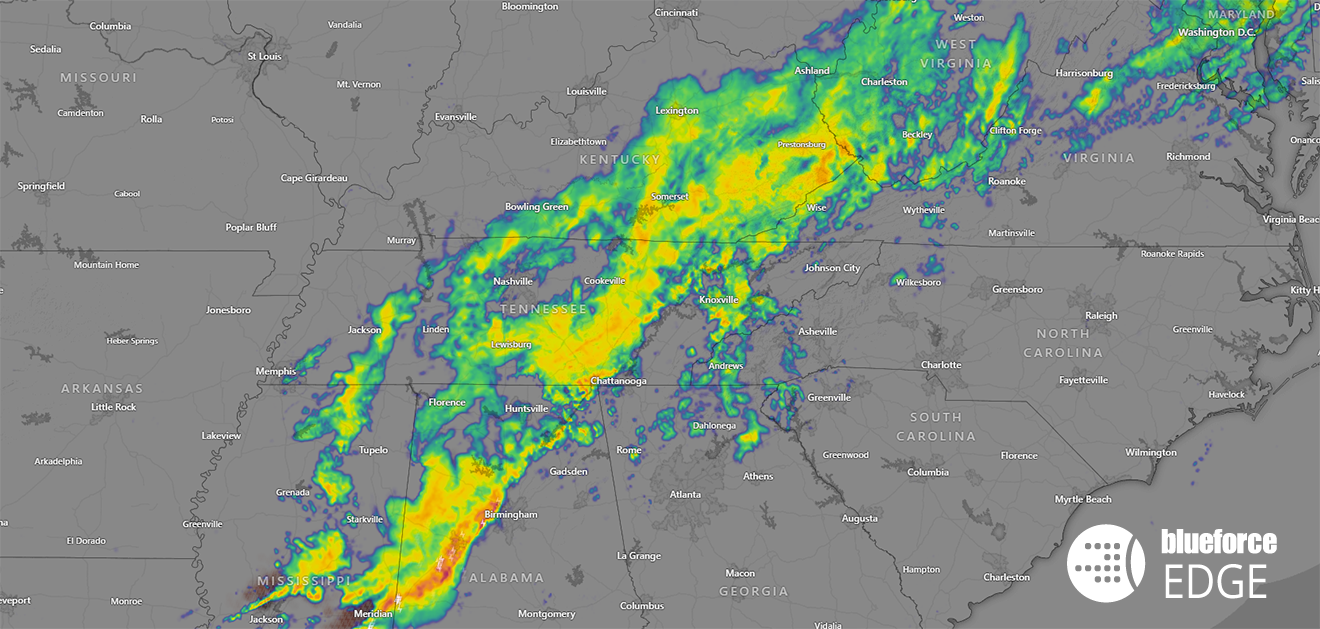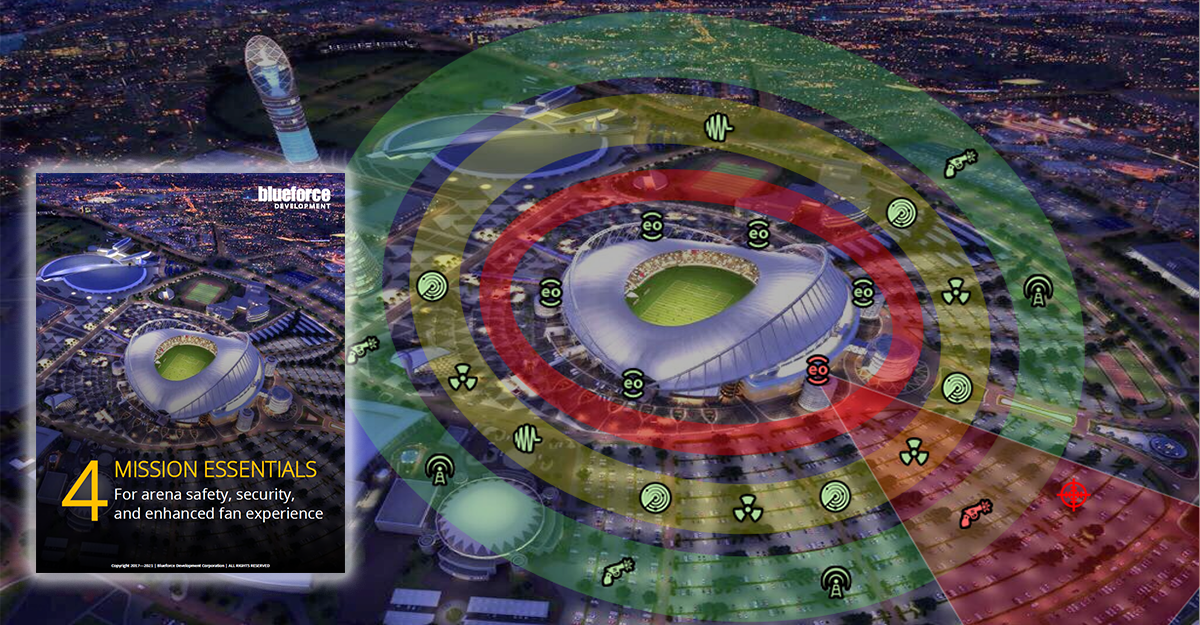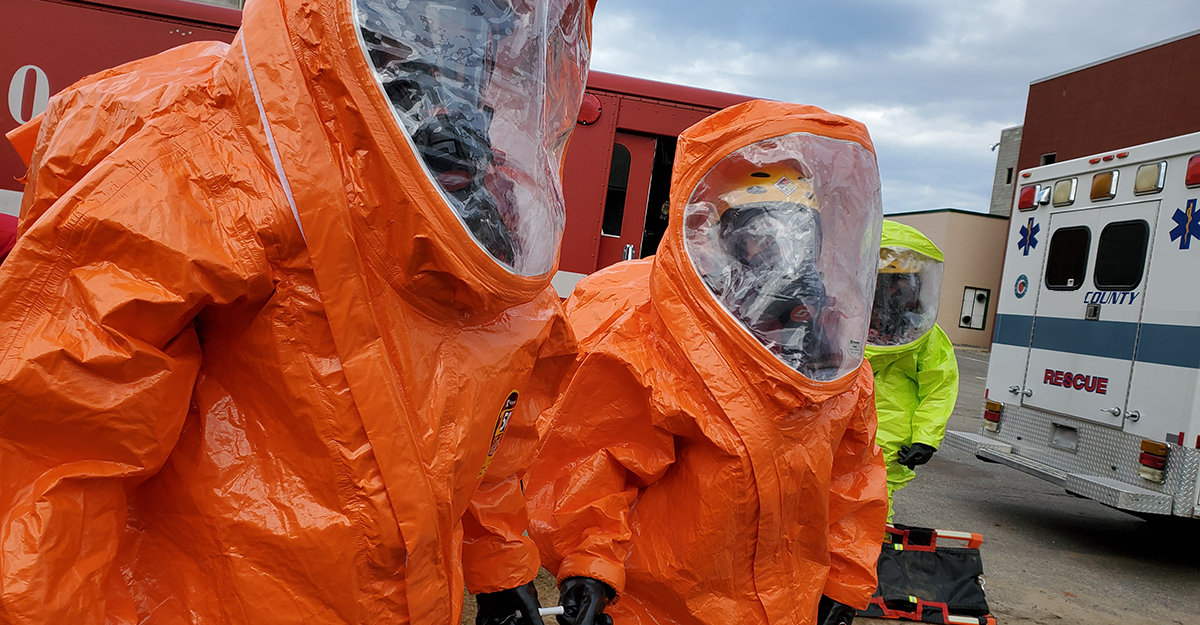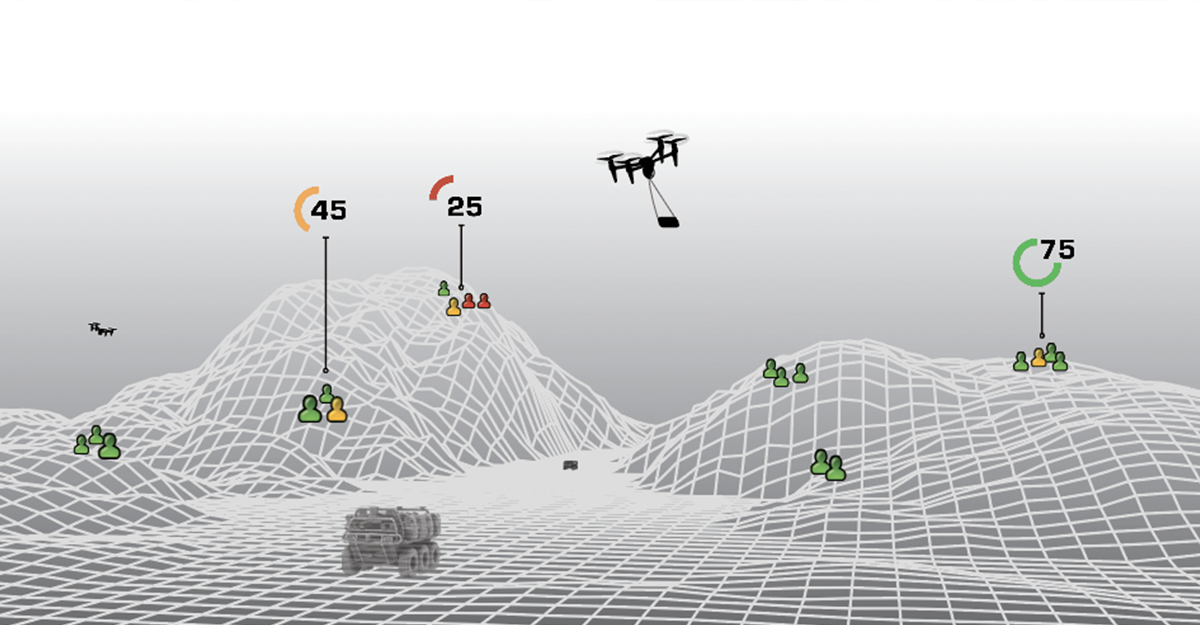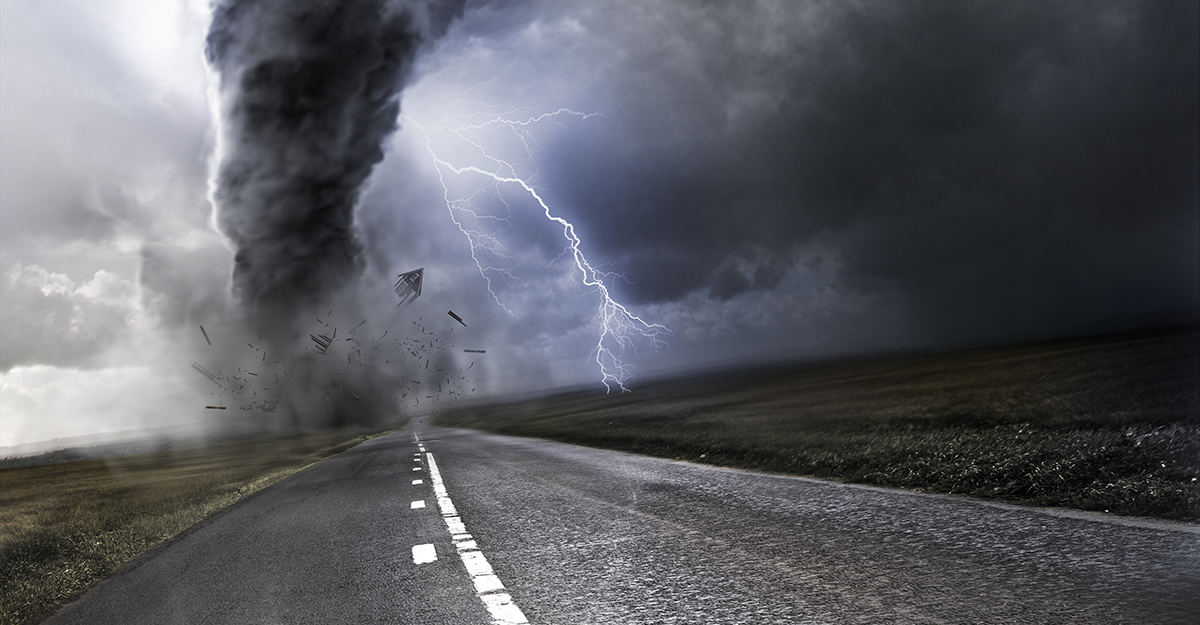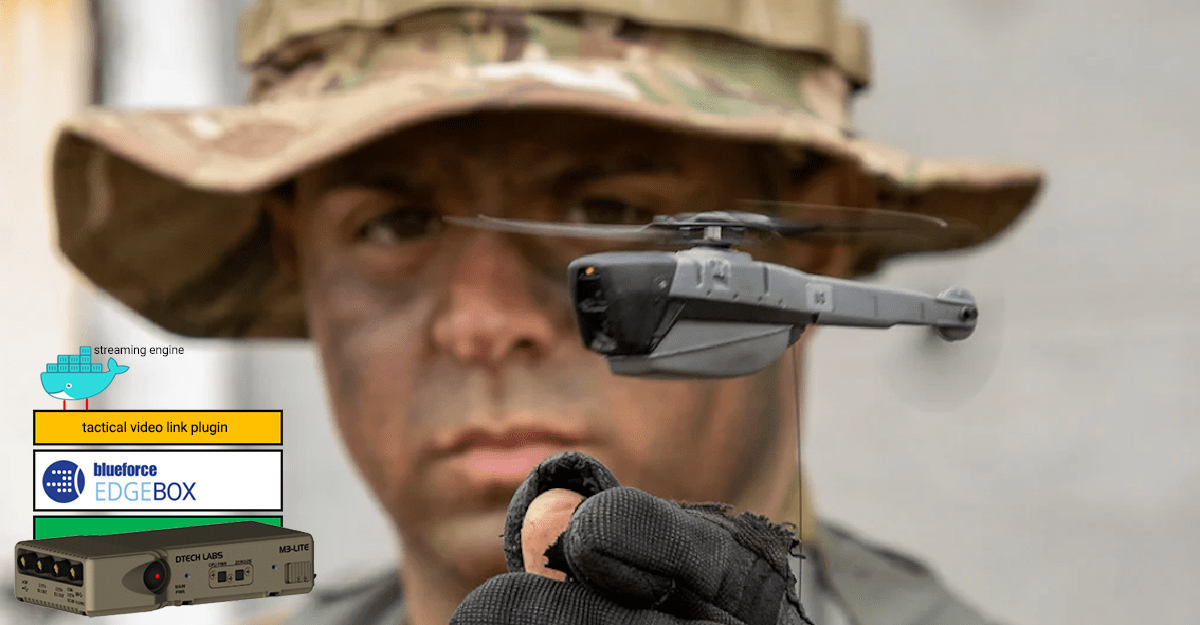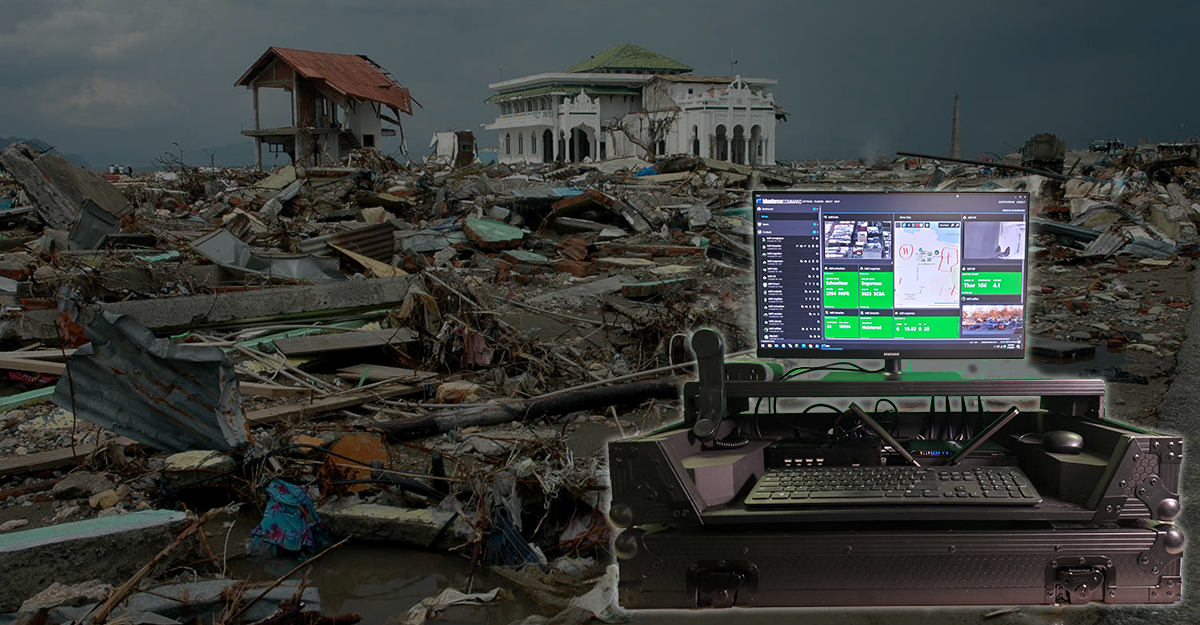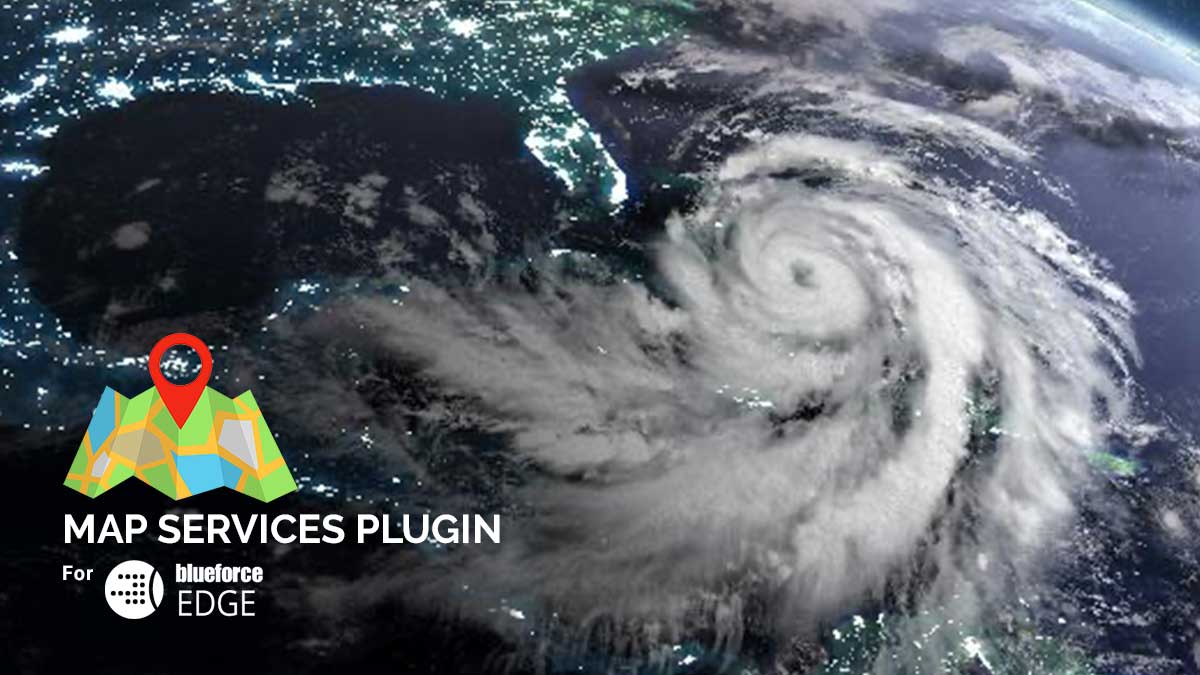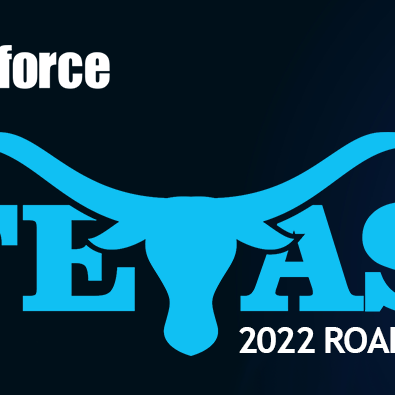Far Forward Edge Micro-Services for Emergency Management
While cloud-based analytics and AI services can provide high-value recognitional services across imagery and data, too often data communications back to the cloud are jittery and quite often denied due to the crush of requests related to the incident, hampering access. Moving recognitional and computation services to the edge ensures access, but also delivers an ultra-low latency solution in time constrained environments. BlueforceEDGE is our autonomous...
Read More

